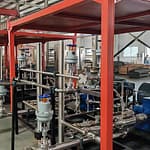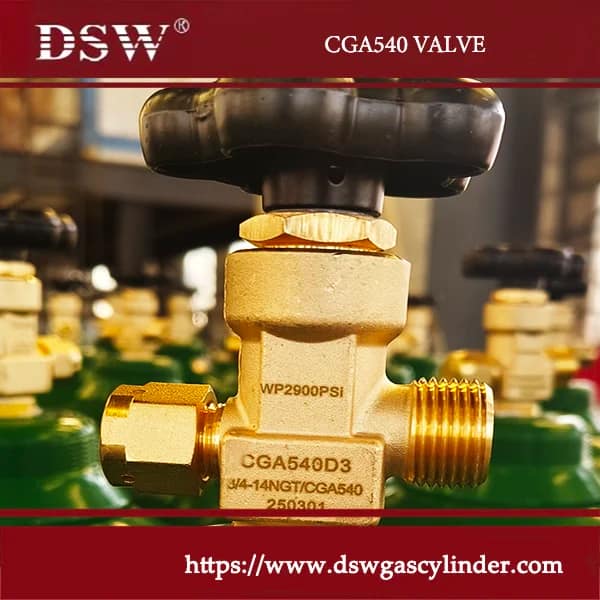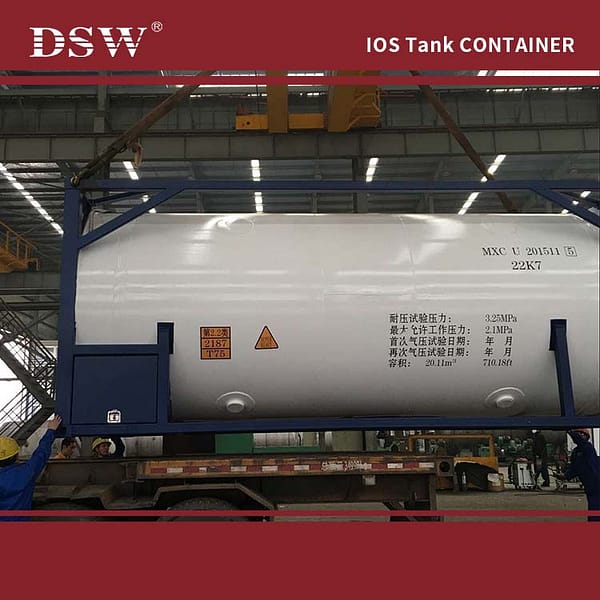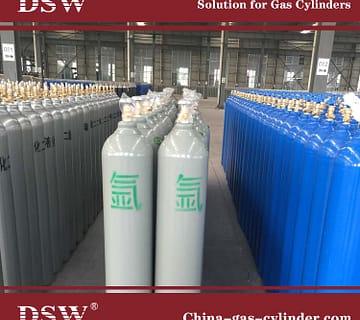How to Fill and transport oxygen cylinders
Great care must be taken when filling oxygen cylinders due to the inherent dangers, some of which can be fatal. This is why the task should only be performed by specialized medical professionals (specifically Respiratory Therapists), by auxiliary medical professionals (paramedics and firefighters with special training) or those working for medical supply companies who are qualified.
Filling and transportation of oxygen cylinders
Proper Storage of H Cylinders
All oxygen cylinders should be stored in a clean area at room temperature and in a vertical position to keep particulate matter from accumulating around the neck or valve opening. The valve opening should be capped. To “crack” the H cylinder to check pressurization, be sure the cylinder is upright; point the valve opening away from your body and anyone near. If a regulator is already attached to the valve opening, open the valve slowly at first to pressurize the regulator or you may damage the device. Do not use any tool to open an H cylinder but do so by hand. If the valve won’t open, the tank is faulty.
Medical Cylinders must have hydrostatic tests performed on them every five years. The date of every test is etched directly onto the bottle. Before filling cylinders, check to be sure they are not due for testing. (How to Fill and transport oxygen cylinders)
Note: most H cylinders used in hospitals are filled from a liquid oxygen storage decanter.
Before Filling HP Cylinders
Check the valve opening for any debris and clear any away (this is usually accomplished by simply “cracking” the cylinder forcefully and briefly if any pressure remains within); if debris cannot easily be removed, tag it as OOS (Out of Service) and report the cylinder’s number to the FAO (Food and Agricultural Organization).
Inspect the cylinder for damage, corrosion, illegal repairs or improper markings. Examine the valve and regulator, if any; be sure they are up to specs and in good condition.
If unsure of the procedure or something happens that you don’t expect, stop the procedure and contact your supervisor or other qualified person before continuing. The potential for explosion makes this a very dangerous task if not performed properly.

How to Fill and transport oxygen cylinders
Oxygen is a strong oxidizing gas. Compared with air, the ignition energy of explosive substances in oxygen becomes smaller, the combustion speed becomes larger, and the explosion range becomes wider, that is, it is easier to catch fire and explode. Under certain conditions, some metals can burn in oxygen. The higher the pressure of compressed pure oxygen, the stronger its combustion-supporting performance. In humid or water conditions, oxygen is strongly corrosive to steel.
The oxygen cylinder manufacturer has a tubular seamless structure. The neck of the upper bottle mouth is divided into a bottleneck. The transition part between the bottleneck and the bottle body is called the bottle shoulder, and the outside of the bottleneck is fixedly connected with a collar. The lower end is generally a concave bottom. The bottle body is made of manganese steel, chromium molybdenum steel or other alloy steel. Oxygen cylinder manufacturers commonly use medium-volume cylinders with an outer diameter of 219mm, a volume of 40L, a height of about 1.5mm, a nominal working pressure of 15Mpa, and a permissible pressure of 18Mpa.
The bottle valve, generally made of copper, is flame-resistant, and does not resist static electricity and mechanical sparks. The sealing material should have good flame-retardant and sealing properties. The bottle cap of the oxygen cylinder manufacturer protects the bottle valve from knocks, and is connected to the neck ring through a thread. Generally, there are vent holes or side holes on the bottle cap to prevent the bottle valve from leaking and pressure the bottle cap. Anti-vibration ring, two elastic rubber rings set on the bottle body, play the role of damping and protecting the bottle body.
Oxygen cylinder manufacturers must strictly prevent mixing and overfilling when filling, and the consequences of mixing are more serious, often due to the mixing of combustible gas, grease, etc., causing the oxygen cylinder to explode. Before filling the oxygen cylinders, they should be inspected one by one. The main contents of the inspection are: whether the manufacturer of the gas cylinder has a gas cylinder manufacturing license; whether the color of the outer surface of the gas cylinder is the required light blue.(How to Fill and transport oxygen cylinders)

How to Fill and transport oxygen cylinders
A few segments of the hydraulic framework can consequently fill the siphon, hydraulic liquid valve and air hydraulic valve that siphons overabundance air. To guarantee that the hydraulic framework consistently meets the weight revolution, the programmed filling siphon sends quick fisherman in the hydraulic framework after the compressor is killed. When there is a compressive power on the principle cylinder, the check valve shields the hydraulic framework from the programmed filler siphon, in this way a weight sponsor can be created in a framework that restricts the hydraulic siphon valve.

Filling a Cylinder from a Liquid Oxygen Storage Tank (Decant Filling)
To prevent static electricity sparking, rubber soled shoes are required. Due to excessive and rapid freezing likely with liquid decanters, heavy gloves should be worn. Stricter guidelines may call for the use of overalls, eye and ear protection as well. There should be no open flames or smoking within at least 200 feet of the filling station.Connect the fill valve of the liquid storage unit to the cylinder; tighten by hand alone. Keeping the cylinder upright, place it in a shielded container if one is available. If there is a metal shield, secure the top before filling begins.
Most hospital liquid oxygen storage tanks have no shielded area, but are kept a safe distance from populated areas in case of cylinder explosions, which are very rare but possible.
The filling procedure is basically the same, except that the filler line is equipped with a bleed off valve and should be vented in an open area. Once filling begins, watch for leaks in the line and valves. If any occur, stop the filling procedure before tightening connections or fire may result.(How to Fill and transport oxygen cylinders)







No comment